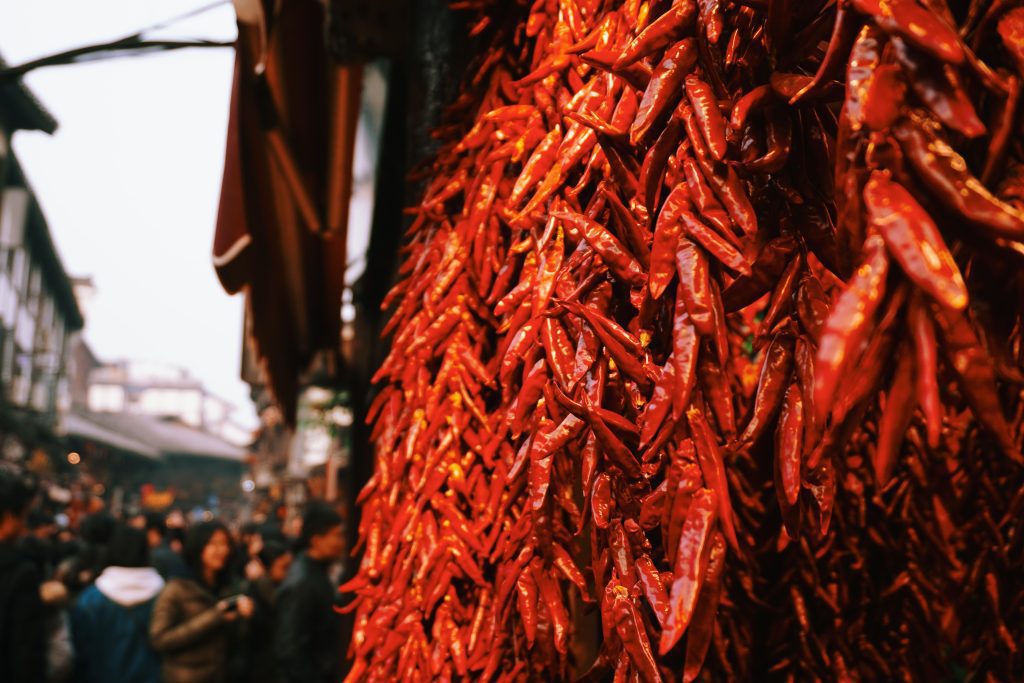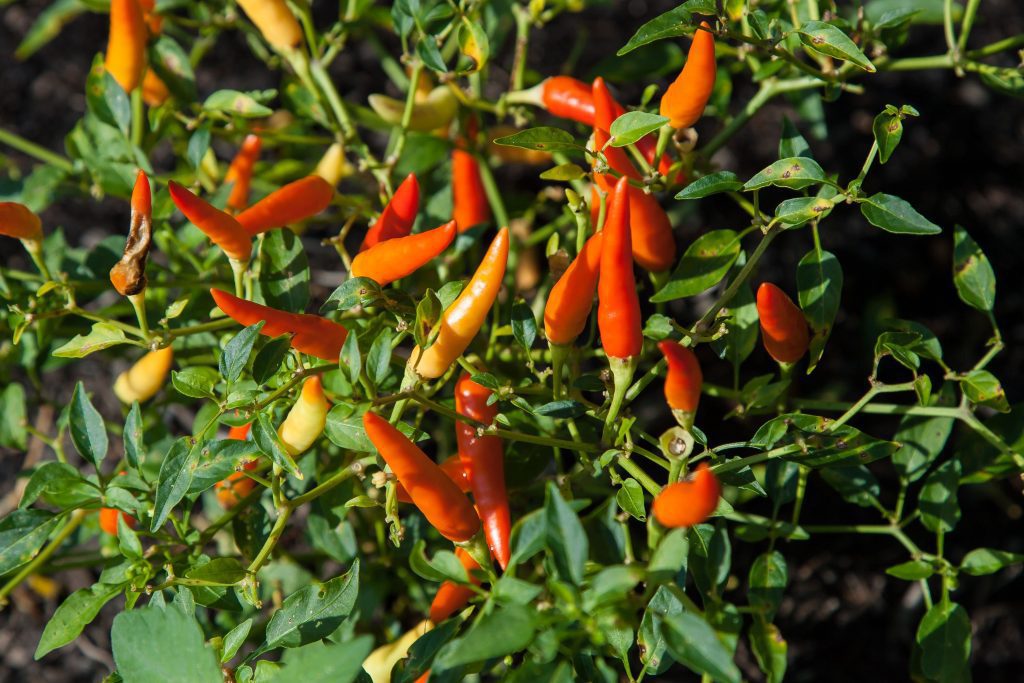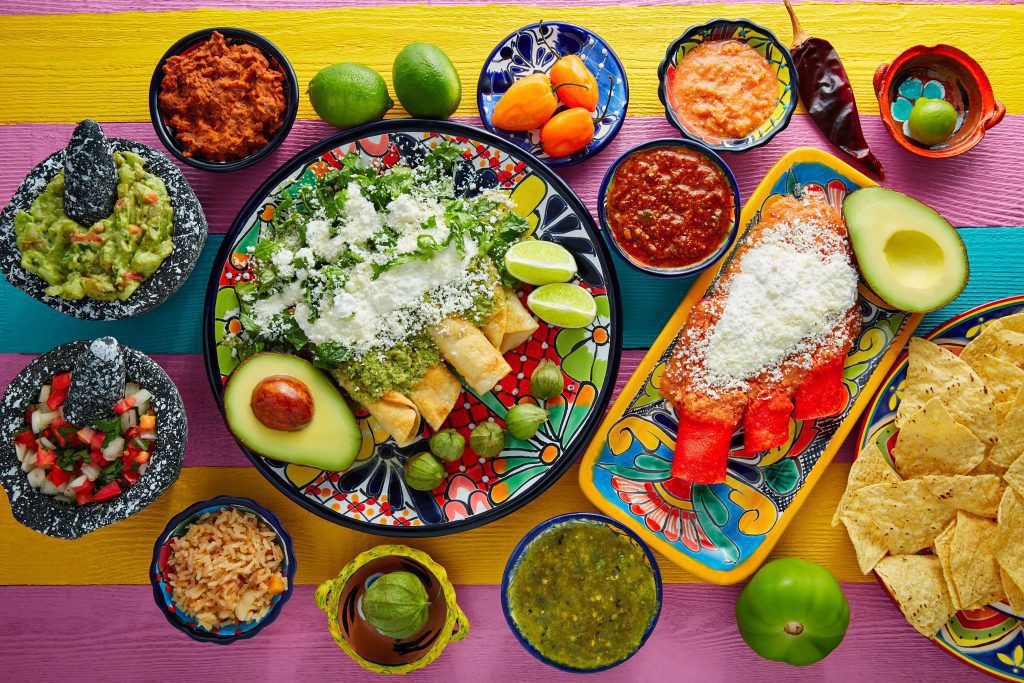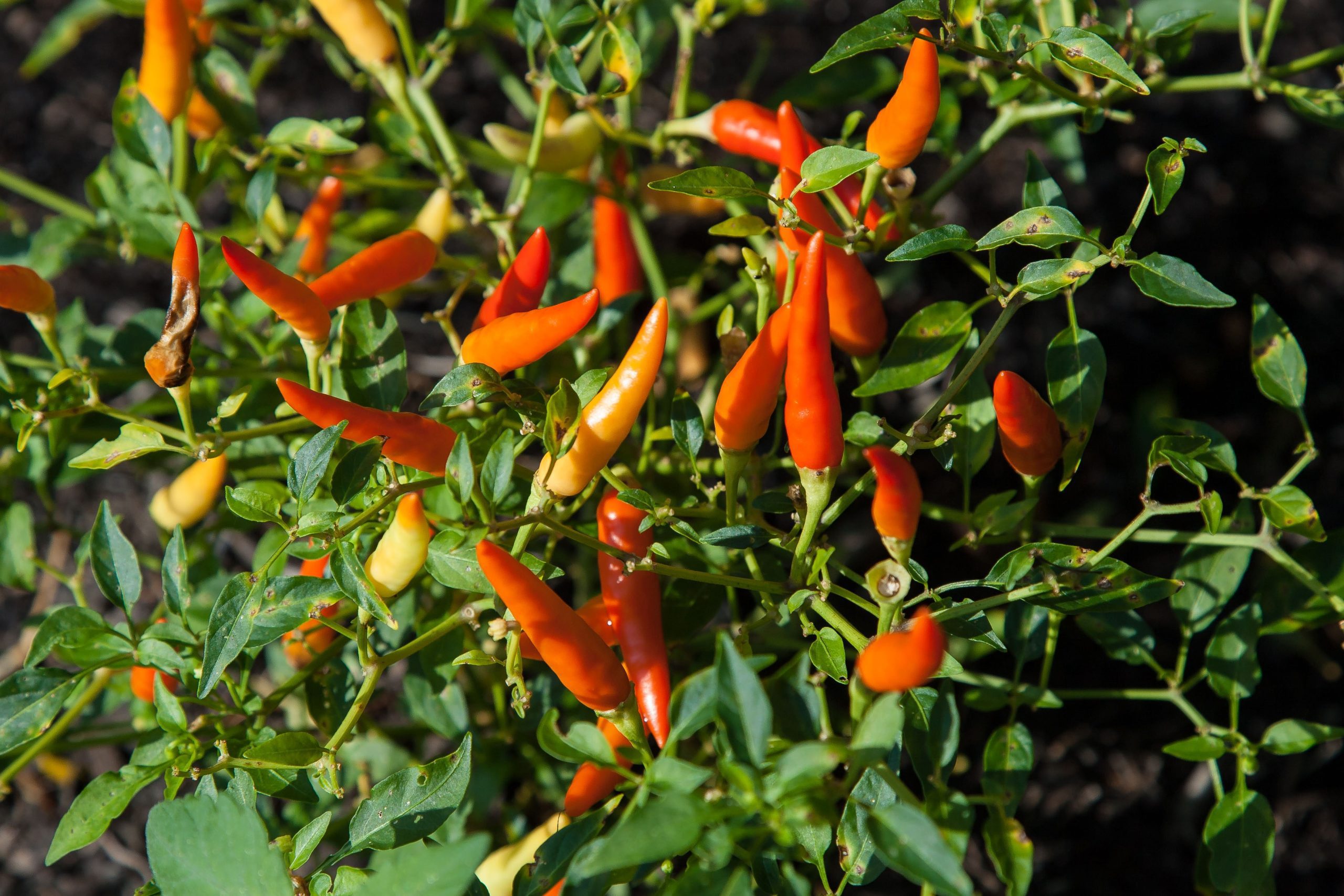A Comprehensive Guide on How To Grow Mexican Chilies

Chilies have become a staple in many cuisines around the world, adding that irresistible kick to dishes. One of the most sought-after varieties is the Mexican chili, known for its unique flavors and varying levels of heat. If you’re a culinary enthusiast or simply love a bit of spice in your life, you might be interested in growing Mexican chilies right in your own home. In this comprehensive guide, we’ll explore the ins and outs of growing Mexican chilies, from selecting the right variety to caring for your chili plants and harvesting your own fiery delights.
Thank you for reading this post, don't forget to subscribe!
Selecting the Right Mexican Chili Variety
The first step in your journey to growing Mexican chilies is selecting the right variety for your taste and growing conditions. Here are some popular Mexican chili varieties to consider:
- Guajillo Chili: Large and mild, the Guajillo chili is used extensively in Mexican cuisine, especially in making the iconic Harissa paste.
- Poblano Chili: Also known as Ancho chili when dried, Poblano chilies are essential for dishes like chiles rellenos.
- Chile de Arbol: These small, fiery chilies are perfect for adding a spicy punch to your salsas and hot sauces.
- Habanero Chili: Known for its extreme heat, the Habanero chili is a favorite for those who crave intense spiciness.
- Pasilla Chili: Pasilla chilies are often dried and have a rich, smoky flavor used in various Mexican sauces and dishes.
Once you’ve chosen your preferred chili variety, it’s time to dive into the growing process.
Starting from Seeds
Timing is Everything
Mexican chilies need a long growing season, so it’s crucial to start early. Sow your chili seeds as early as January if you have the means to provide warmth and light, such as a heated propagator and growing lights. If you don’t have these tools, you can sow your seeds in March.
The Right Soil
Use a well-draining, peat-free multi-purpose compost to give your chili seeds the best start. Make sure the soil is moist but not waterlogged.
Planting the Seeds
- Fill your seed trays or pots with the compost.
- Make small holes in the middle of each section (about 6mm deep) and place a single seed in each hole.
- Cover the seeds lightly with soil.
- Water the trays gently to ensure the soil is evenly moist.
- Label your trays or pots with the chili variety and planting date.
Germination and Transplanting
Place your trays or pots in a warm, sunny spot. It’s essential to keep the soil consistently moist during the germination period, which can take anywhere from one to two weeks.
Once your chili seedlings have developed four or more true leaves, you can transplant them into larger pots or directly into your garden.
Caring for Your Chili Plants

Sunlight and Temperature
Mexican chilies love the sun, so choose a sunny spot for your plants. They thrive in temperatures between 18°C and 25°C. If you’re in a region with cooler temperatures, consider using a greenhouse or a sunny windowsill for indoor cultivation.
Watering
Chili plants prefer even moisture, so water them regularly, but avoid overwatering, which can lead to root rot. Use a watering can with a fine rose to prevent disturbing the soil.
Fertilizing
Fertilize your chili plants with a balanced, water-soluble fertilizer every two to four weeks during the growing season. Be cautious not to over-fertilize, as this can harm the plants.
Pruning
Pruning can help your chili plants focus their energy on producing fruit. Pinch off the growing tips when your plants reach about 12 inches in height.
Support
As your chili plants grow and produce fruit, they may become top-heavy. Use stakes or cages to support the plants and prevent them from bending or breaking.
Harvesting Your Mexican Chilies
The moment you’ve been waiting for has arrived – it’s time to harvest your Mexican chilies. The ideal time to harvest depends on the chili variety and your personal preference for spiciness. Here are some general tips:
- Harvest green chilies when they are still immature for milder flavors.
- For hotter chilies, allow them to ripen on the plant until they turn red or their mature color.
- Use scissors or pruning shears to cut the chilies from the plant, leaving a short stem attached.
Once harvested, you can use your Mexican chilies in a wide range of culinary creations, from salsas and sauces to marinades and spice rubs.
Troubleshooting Common Issues
Growing Mexican chilies can be a rewarding experience, but it’s not without its challenges. Here are some common issues you might encounter and how to address them:
- Pests: Aphids and spider mites are common chili pests. Use insecticidal soap or neem oil to control infestations.
- Diseases: Watch for signs of fungal diseases like powdery mildew and treat with appropriate fungicides.
- Overwatering: Ensure your plants have good drainage, and let the soil dry slightly between waterings to prevent root rot.
- Underproduction: If your chili plants aren’t producing fruit, they may lack sufficient sunlight or proper fertilization. Address these issues to encourage fruiting.
By following these steps and keeping an eye out for potential problems, you’ll be well on your way to cultivating a successful Mexican chili garden.
The Joys of Growing Your Own Mexican Chilies

Growing Mexican chilies at home allows you to savor the vibrant flavors of Mexican cuisine like never before. Whether you’re a fan of mild and smoky chilies or crave the fiery heat of the Habanero, there’s a Mexican chili variety that suits your taste buds. With a little care and attention, you can enjoy a bountiful harvest of these culinary treasures and spice up your favorite dishes with homegrown goodness. So, roll up your sleeves, gather your gardening tools, and embark on a flavorful journey into the world of Mexican chilies. Your taste buds will thank you!
F.A.Q. – How To Grow Mexican Chilies
Question 1. When is the best time to start growing Mexican chilies?
A.: To grow Mexican chilies successfully, start by finding a sunny indoor or outdoor spot to plant them. Then, after the last frost, plant chili seeds or seedlings in the sunny spot.
Question 2. What type of soil do Mexican chili plants prefer?
A.: Mexican chili plants prefer well-drained soil that is rich in organic matter. Mixing in mushroom compost or other organic compost can enhance the soil’s quality.
Question 3. How long does it take for Mexican chilies to grow?
A.: The time it takes for Mexican chilies to grow can vary depending on the type of chili pepper you’re cultivating. Generally, chilies can take anywhere from two to three months to grow from planting to harvest.
Question 4. Do Mexican chili plants require a lot of sunlight?
A.: Yes, Mexican chili plants thrive in full sunlight. Choose a location with ample sunlight for the best growth results.
Question 5. Can I grow Mexican chilies in a pot?
A.: Yes, you can grow Mexican chilies in pots. Ensure the pots have good drainage, and place them in a sunny location. You can also use a container-specific fertilizer for better results.
Growing Mexican chilies can be a rewarding experience, and these FAQs should provide you with some essential information to get started successfully.

